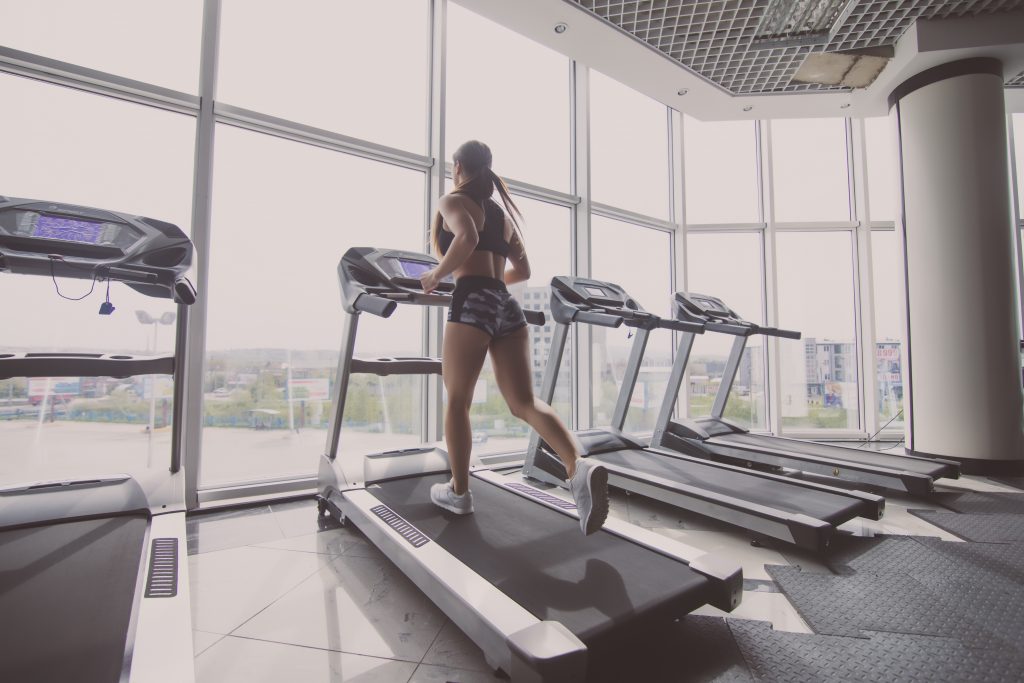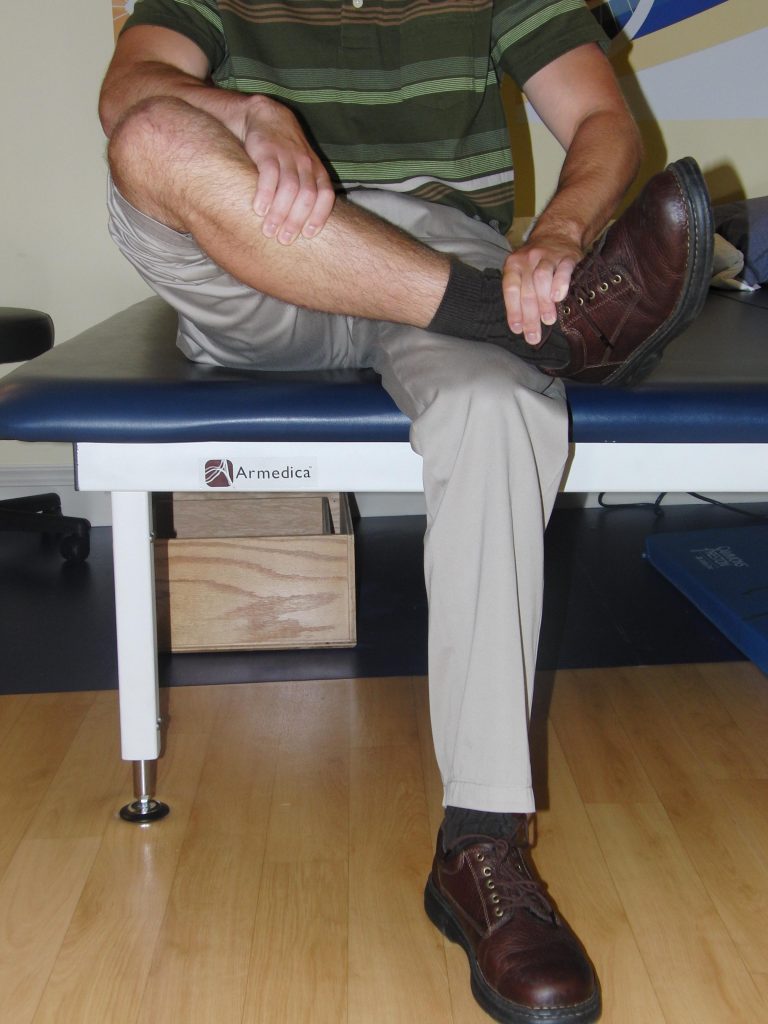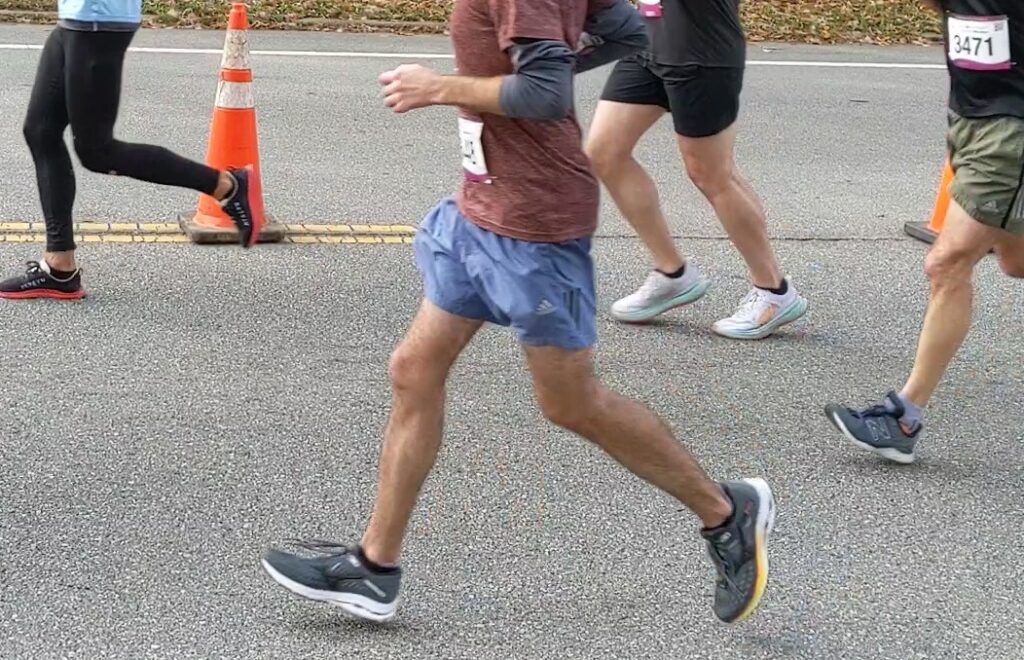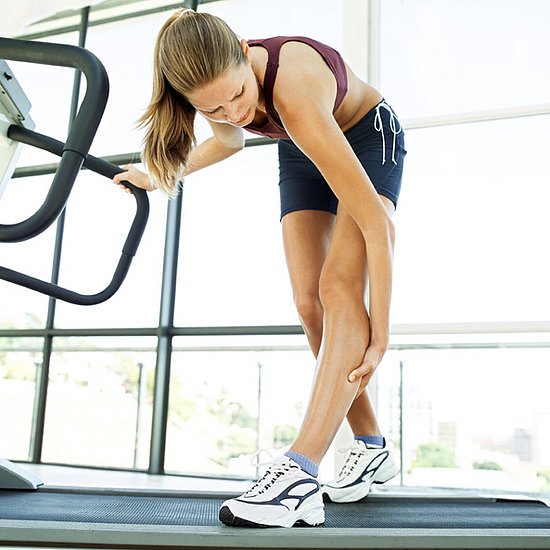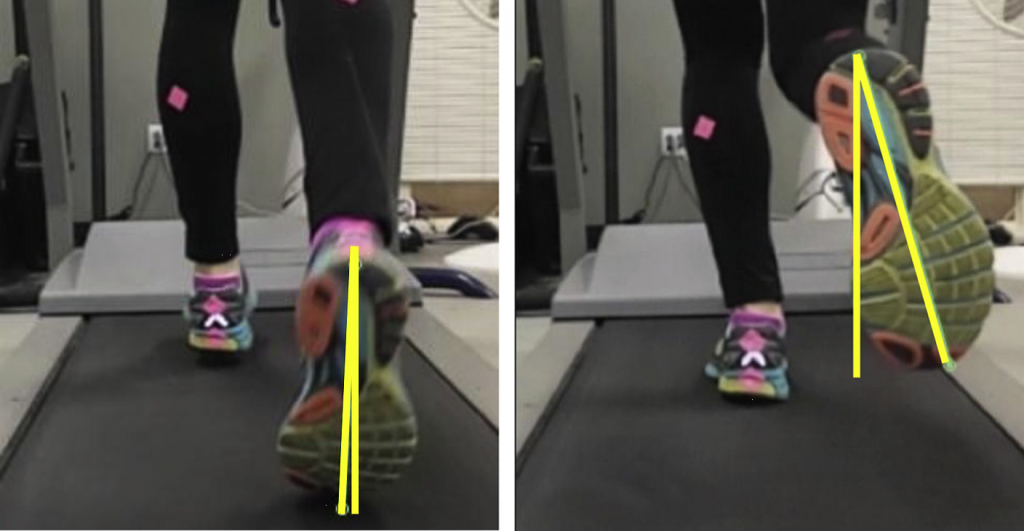Running
Recovering from lower leg, ankle, heel injury using treadmill
A basic concept for treating any repetitive use injury is rest and avoiding the activity; whether it is a running injury or elbow pain from opening too many beer bottles. However for many individuals a period of rest and avoiding the activity can disrupt an active life style, and sometimes adversely affect a career. Individuals…
Read MoreAre you a half ass? – stretch weakness of gluteal muscles contributing to heel, foot, shin, knee, hip pain
There is a growing body of evidence that many repetitive use injuries such as knee pain, shin pain, heel pain, and forefoot pain can be addressed by improving the strength of the gluteal muscles. The gluteal muscles consist of gluteus maximus, gluteus medius, gluteus minimus, piriformis, and smaller less recognized muscles are commonly called “bun…
Read MoreRunners Knee versus Gas Pedal Knee – IT band syndrome
A middle-aged male adventure racer who had been struggling with right knee pain for six months sought my assistance. Adventure racing involves competing over multiple days, ultra-distance walk/running combined with other activities such as mountain biking, swimming, kayaking, and rock climbing. His knee pain was focused to the anterior lateral aspect of the right knee.…
Read MoreShock – Injury – Cadence – Quiet
How hard a walker or runner impacts the ground can be described with several biomechanical terms, including vertical impact loading rate, braking impulse force, and shock. Scientists have determined it is not the magnitude of force, but the rate at which the force is transmitted from the ground to the foot and leg that is…
Read MoreActive Therapies – Passive Therapies – Responsibility
Passive therapy is when something is done to you. Passive treatment implies lack of participation from the individual receiving the therapy intervention Examples of passive physical therapies include massage, manipulation, acupuncture, dry needling, traction, ultrasound, electrical nerve stimulation, laser, ice packs, and hot packs. Passive therapy always requires another person to apply the treatment. Passive…
Read MoreRunning Injury – Asking better questions – Socratic Method
As a clinician and as a participant in internet discussion forums related to running injuries I have the opportunity to observe and respond to questions. The questions asked by individuals who are striving to solve repetitive use injuries are varied, in terms of type of questions and the degree of sophistication of the questions. Many…
Read MoreShin splints – shock absorption, stride length
The term shin splints refer to a painful condition that develops in the lower leg, usually along the tibia bone, in response to exercise or activity. Shin splints are a common problem for novice runners, dancers, field hockey, basketball, baseball and tennis players, and even walkers. Shin splints can be classified into different problems including: tendonitis,…
Read MorePain on Bottom of Heel: Faulty Shock Absorption
Pain on the bottom of the heel (Plantar Heel Pain) is a complex problem with variable diagnoses and explanations. And, with variable diagnoses there should be variations in treatment. Unfortunately, the common treatment recommendations do not recognize such variability. Not all pain on the bottom of the heel is the same and not all pain…
Read MoreHeel Whip When Running
There is a growing body of evidence among healthcare professionals to suggest the way we run contributes to the risk of a repetitive use injury, and that gait retraining is an effective intervention for managing repetitive use injuries. There is less consensus and much debate on which movement faults are more important. Common movements that…
Read More
